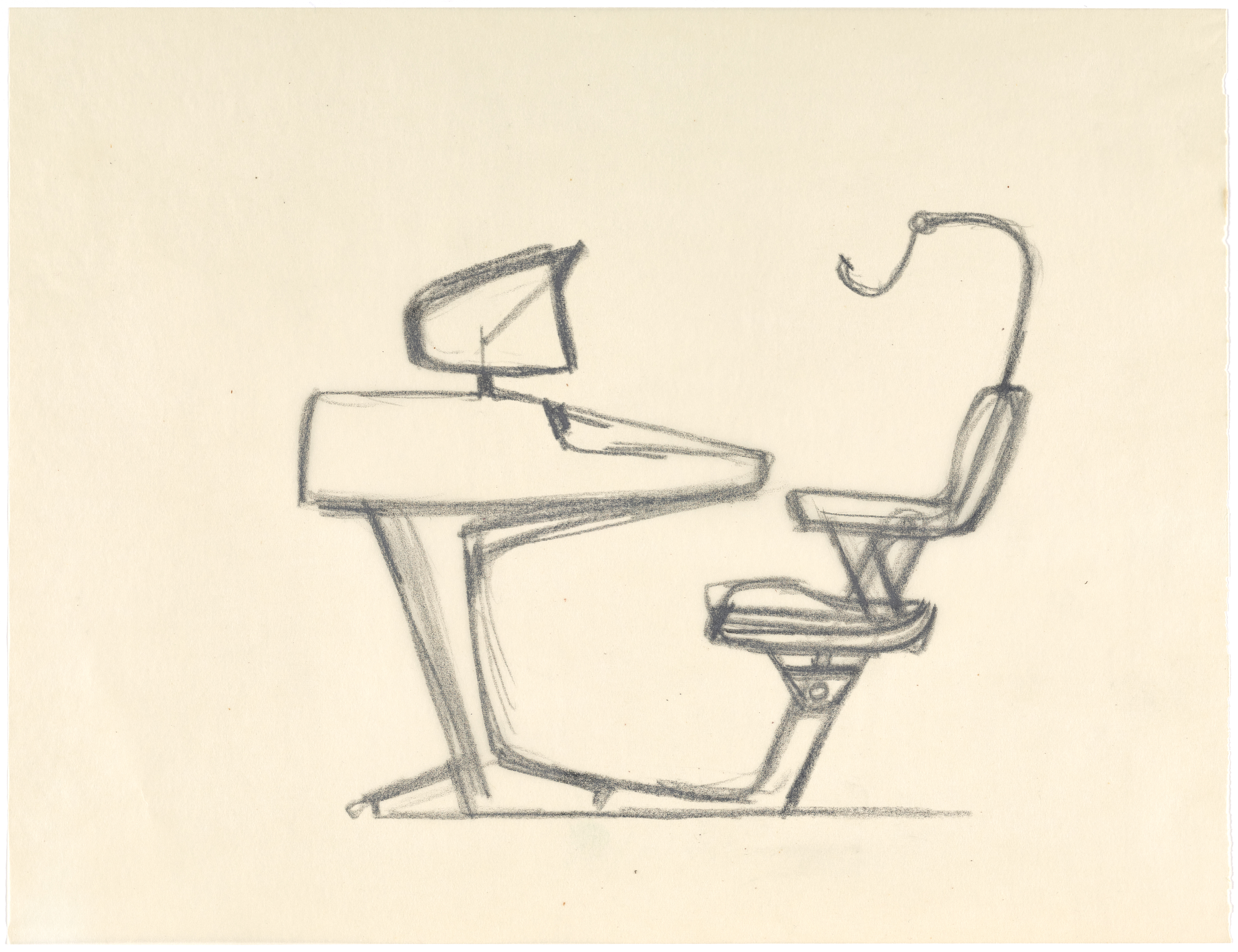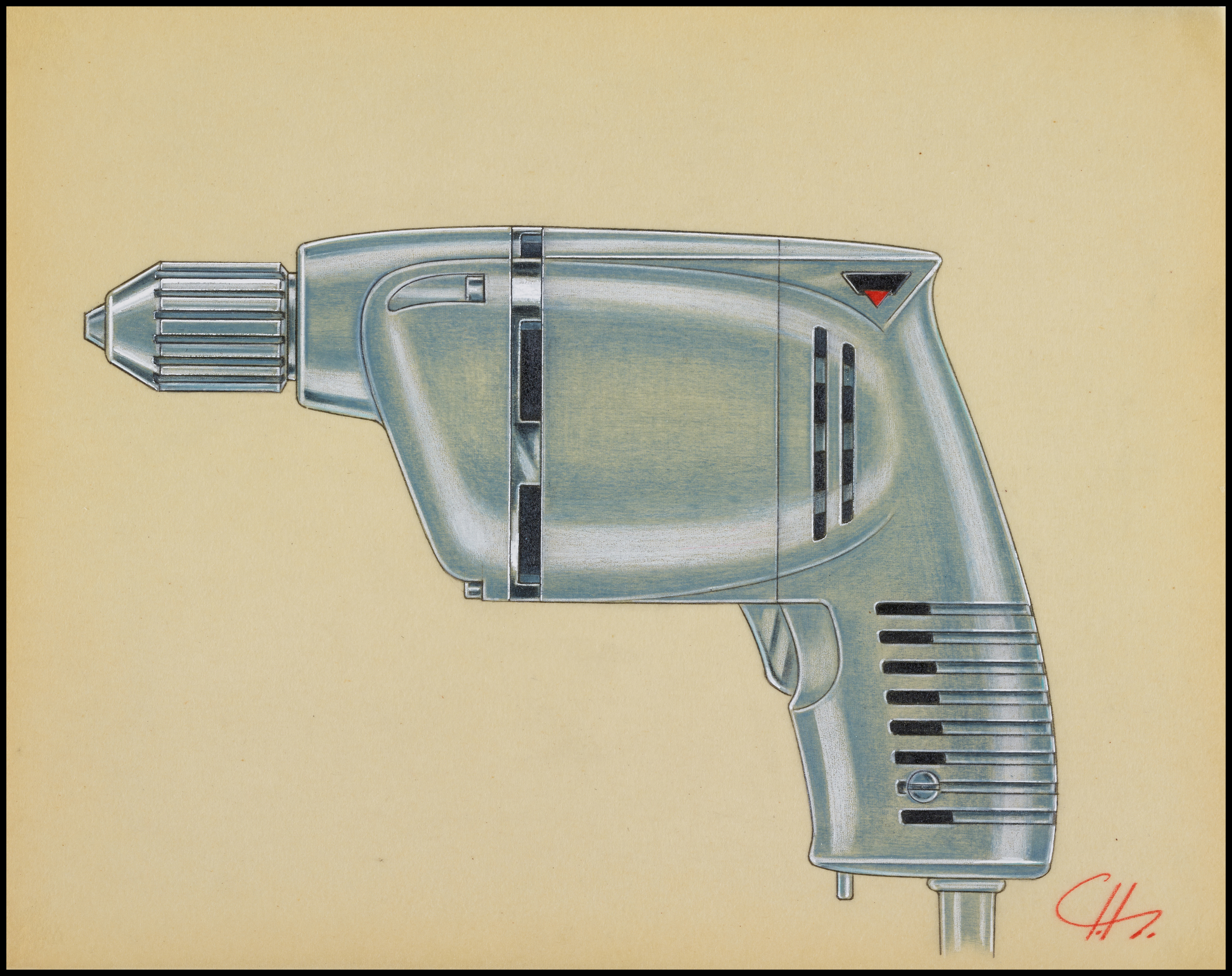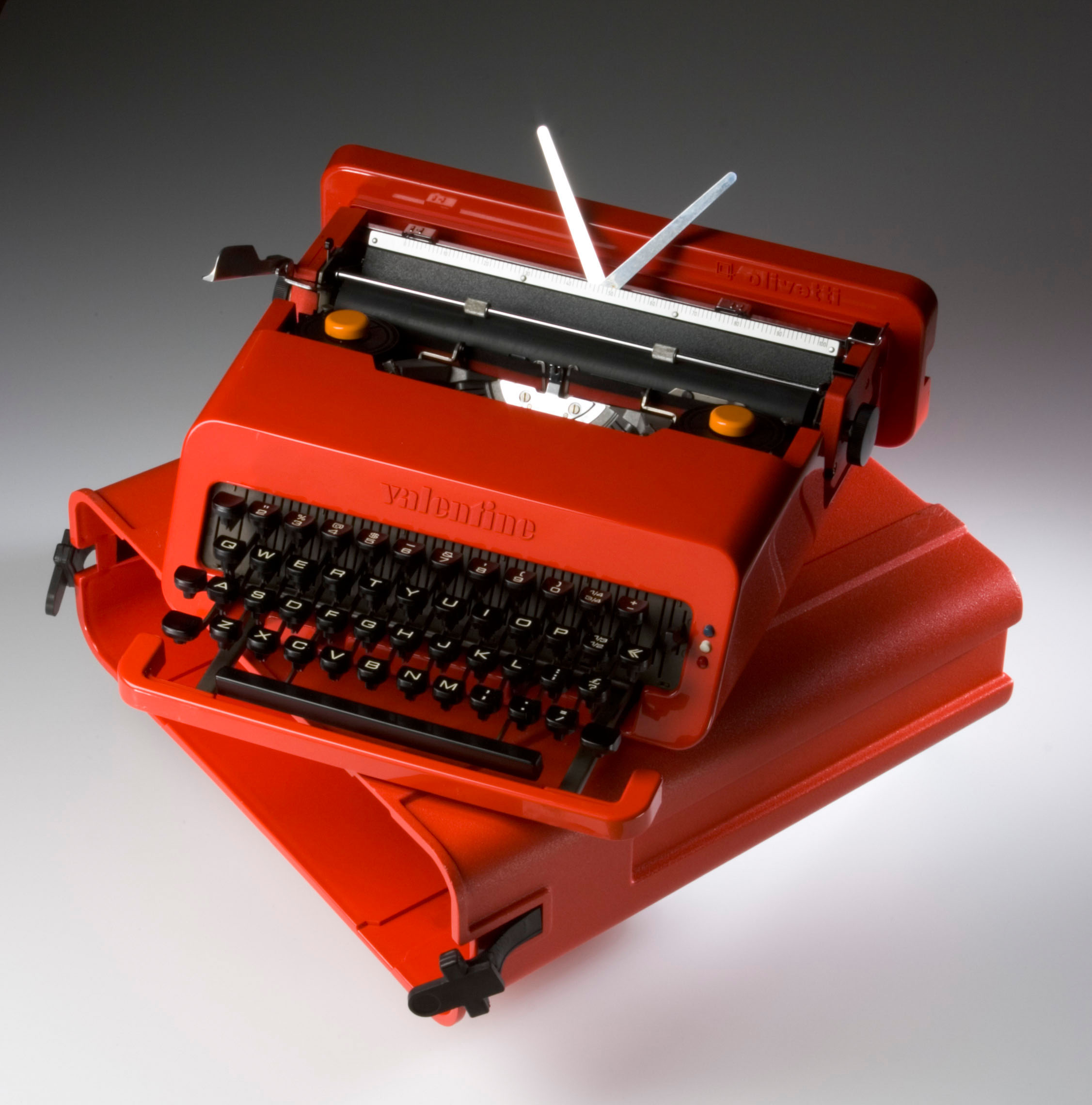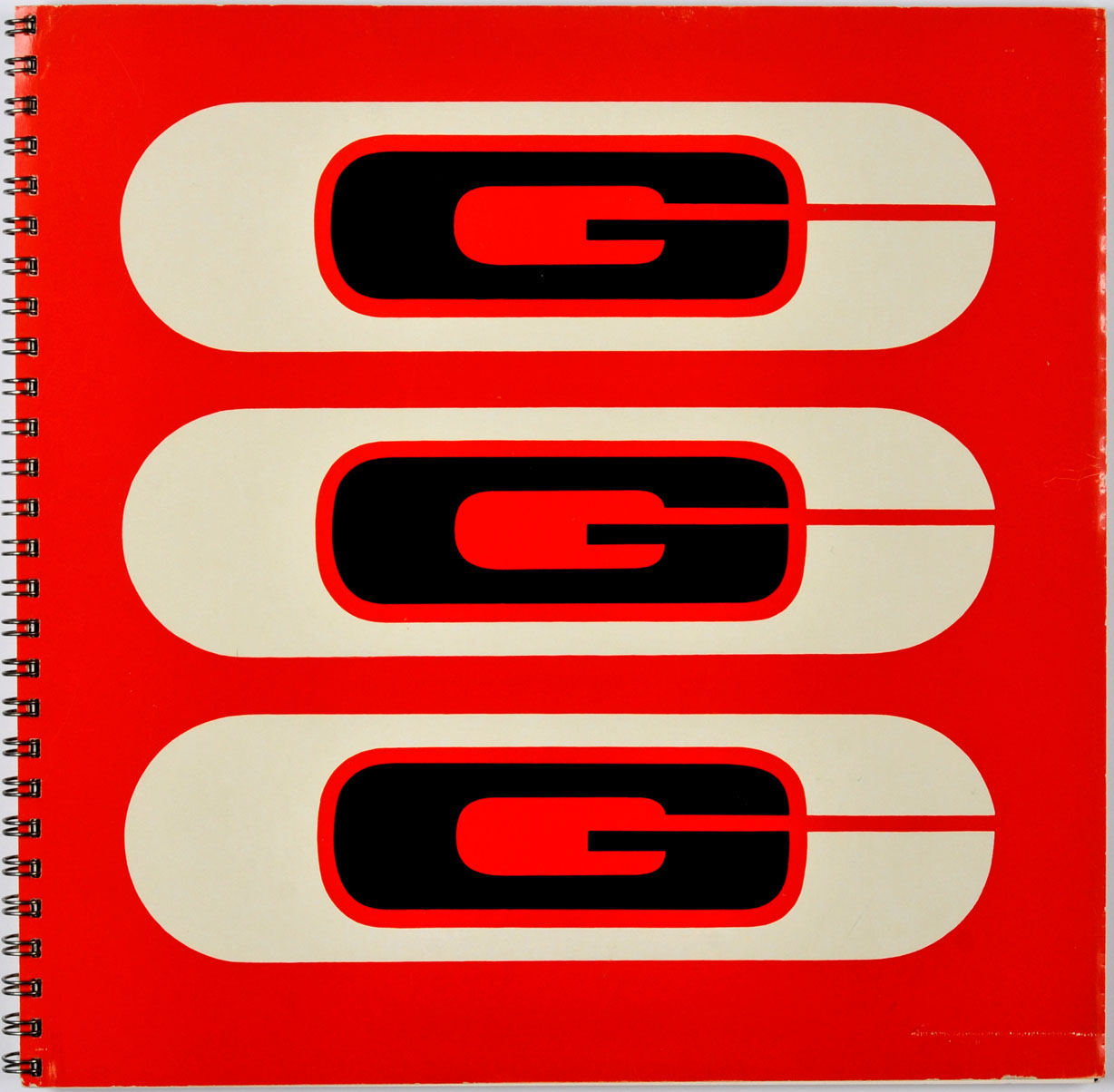
Who's the boss of mid-century design?
A new exhibition looks at the relationship between mid-20th century designers and their corporate overlords
In the late 1950s Thomas Watson Jr, the president of IBM, invited the US designer Eliot Noyes to work on the firm’s products. Watson wanted Noyes - a devoted modernist who had studied under Walter Gropius and Marcel Breuer at Harvard - to "work for" him. "No," replied Noyes, "I will work with you."
The subtle relationship between the designers of the mid-20th century and the captains of industry who oversaw their commissions is examined in a new exhibition at Stanford University’s Cantor Arts Center.

Entitled Creativity on the Line: Design for the Corporate World, 1950–1975, the show looks at both the rough and the smooth relationships between the boardroom and the drawing board. Noyes’ work for IBM was one of the more successful pairings in American design history; it led to the Selectric electric typewriter, a 1961 invention which introduced a faster, spinning golfball-shaped type head, and proved to be both a commercial and aesthetic success.

Other objects in the show, such as Ettore Sottsass’s Valentine typewriter, created for Olivetti in 1968, were less commercially successful. Sottsass pitched the product to the Italian firm as a machine to “keep poets company on lonely weekends in the country.” Even in 1968, It’s unclear just how large a market that was.

The exhibition also showcases Dieter Rams’ long-standing relationship with the German consumer products giant Braun, a model many have cited as an influence for Apple; Charles and Ray Eames’s work for Herman Miller; and Lester Beall’s crystal clear logos for Caterpillar tractors.

It also digs up a little dirt, describing how corporate directors commissioned the latest architect to work on their buildings, then employed landscaping firms to soften those harsh lines; while the designers fretted over their loss of creative control.
Today, we look back on mid-century design as an untroubled haven for corporate collaboration, before those within the creative industries worried about selling out. Yet the careful archival work by curator Wim de Wit proves that even in this modernist Eden, the tension between the designer and the boss was ever-present.
For more on Ettore Sottsass’s work, get this book; for more on Dieter Rams get this one; to see more of Lester Beall’s graphic work get the Phaidon Archive of Graphic Design.